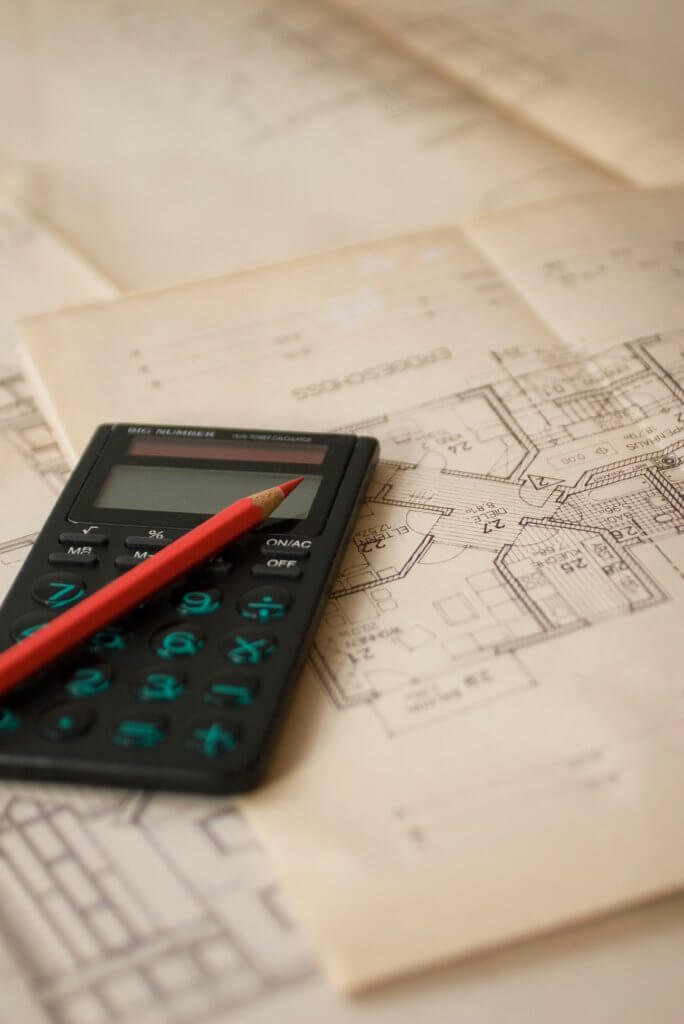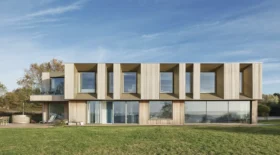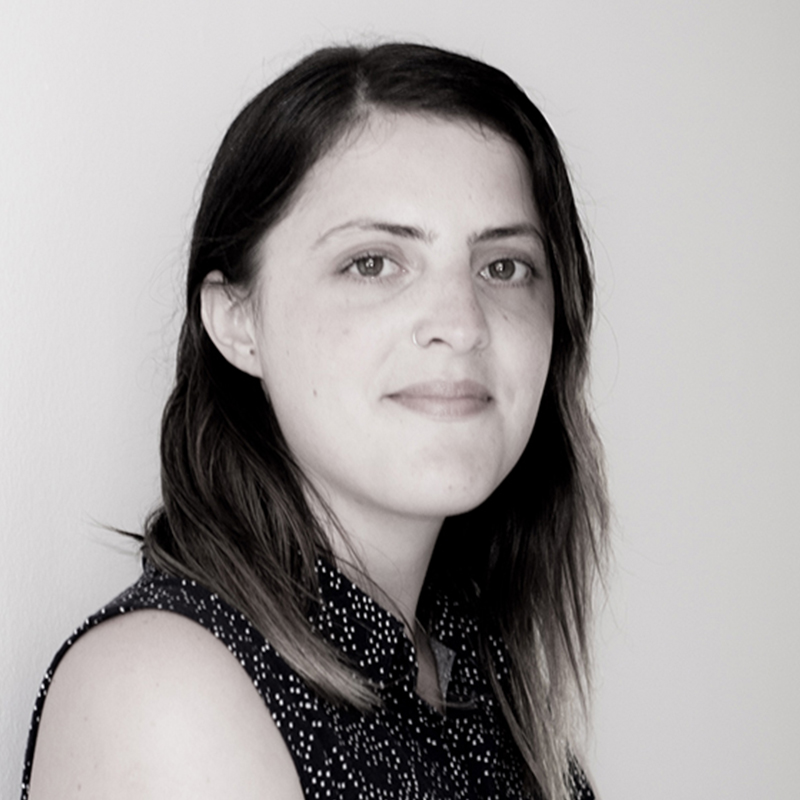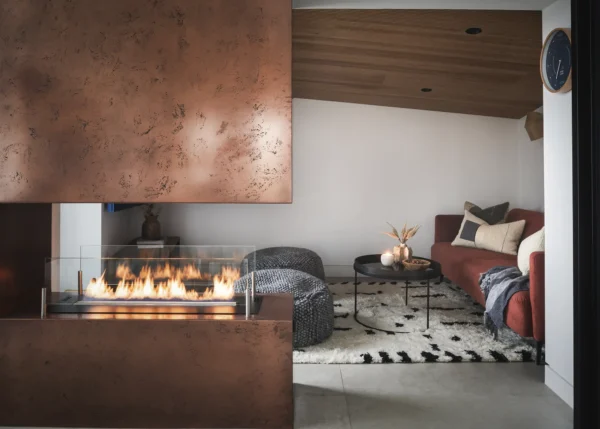Finding a Designer for your Project
So you’ve got a vision for your home design, you’ve set a budget and you are ready to take the first step towards your dream space. Suddenly you find yourself overwhelmed as you try to wade through the Google results for home designer.
Hearing about so many situations like this is what drove Emily Barnes to launch Design for Me, an online platform that matches your project with a designer – much like a dating site.
I’ve asked Emily to explain to me how to find the right the professional, why it’s important to ask questions and how to make sure there’s good communication between the designer and yourself.
What is Design for Me and how does it help self-builders and renovators?
Design for Me is an online platform for property owners to connect with architects, interior and garden designers. The goal is to match people’s plans and ideas with the best professional to help deliver the scheme.
The designers in our database focus on residential works – they are often small practices and start-ups or simply studios whose passion is home design. This means the platform instantly weeds out all the bigger, commercial practices that perhaps show up on search engines but may not be right for a standard kitchen extension.
When a person posts their project to the website, we send it out across our database so professionals can show their interest.
The profiles have been tailored to make it easy to compare like-for-like, so it’s a lot less overwhelming than looking at companies’ websites separately. For instance, if you are searching for someone who specialises in eco builds, you can easily discover who has experience in that field.


The profiles also feature references from previous clients and a picture of the professional, so you can get a real sense of who they are and what type of work they do.
We usually recommend homeowners meet with at least three designers to discuss ideas before making a firm decision.
Do I need an architect for my project?
Architects are protected by a regulatory body (the ARB) after having gone through years of training for every phase of a build. So you can be assured that they have a high standard of professional competence and that they’ll be able to guide you through all the statutory requirements like planning, regs, freeholders consent etc.
That said, there are other designers out there that could be suitable for delivering your project. If you’re planning a small, straightforward extension, for instance, then you may be able to go ahead without the help of an architect.
You could also opt for chartered technologists, who have gone through extensive training, as well – they too are qualified to deliver a project in its entirety.
Read more: Who should design my house?
The design process is critical, so having a good set of drawings will help your builders understand the work and potentially save you money and time. You don’t necessarily need an architect for every project, but you can certainly benefit from their experience.
What are the key considerations to think about ahead of choosing a professional for a project?
Looking at references and previous work should be a priority. You should also investigate if they have professional indemnity insurance, as this will protect you in the event anything does go wrong with the design (bear in mind, this is not the same as your builder’s insurance).
I recommend you find someone who is really enthusiastic about your project. When you have your first meeting, you should get a sense of whether this particular designer is going to enjoy working with your ideas.
Figure out if they are going to give your project the time and attention it deserves, and that it won’t end up at the bottom of a pile.
Finding out their fees is, of course, critical. Be clear early on about where you stand on this. Most designers will split their costs into different stages of the project. So, if you’re not sure you’ll need them in the construction phase, for example, you can ask them to add it as an optional extra and take them up on that quote later on.
Find inspiration in our gallery packed with stunning designs
Are there any topics homeowners should discuss with their designers when they first meet?
I would always recommend the first meeting takes place at the site. This will help the designer pin down what you are looking for and how you’ll use the finished space.
You should also discuss budget and whether that is a priority for you. Or perhaps you are looking for speed above anything else, with a set date to move in.
Determine what your own involvement in the project and decision making will be, and whether you’ll need the professional to walk you through stages of your build. For example, if you have no previous experience with managing a site or don’t know about planning or Building Regs, hiring an architect who would be able to explain or lead the process throughout will certainly give you peace of mind.
Figure out whether you and the professional see eye-to-eye when it comes to architectural styles, and discuss what type of finishes you may want, too. The designer should be able to follow your brief regardless of their personal preferences, but I would advise you are clear on whether you are open to their suggestions or not.
Why is it important to develop a good working relationship with your designer?
Getting the client-designer dynamic right is paramount. At the end of the day, the person you choose will have a huge impact on your home (and possibly your lifestyle thereafter).
The designer will need to understand what you want from your scheme – which is a real skill, particularly if you have no idea yourself. The best way for them to really comprehend what you need is to get along on a personal level.
Pay close attention to how communication works between you two, because if this fails then the job could suffer delays and other issues, as well as give you a headache.
People are often nervous about meeting different professionals, and feel obligated to hire the one they called first. However, only by speaking to two or three you can really get a sense of what you are looking for.
More often than not, the first meeting will raise key questions that you’d then want to bring up with the next designer. It is a similar process to finding the right builder, really.






























































































 Login/register to save Article for later
Login/register to save Article for later


















